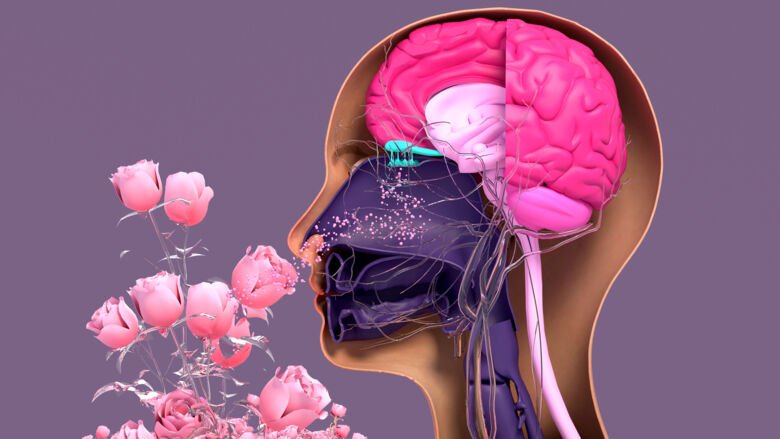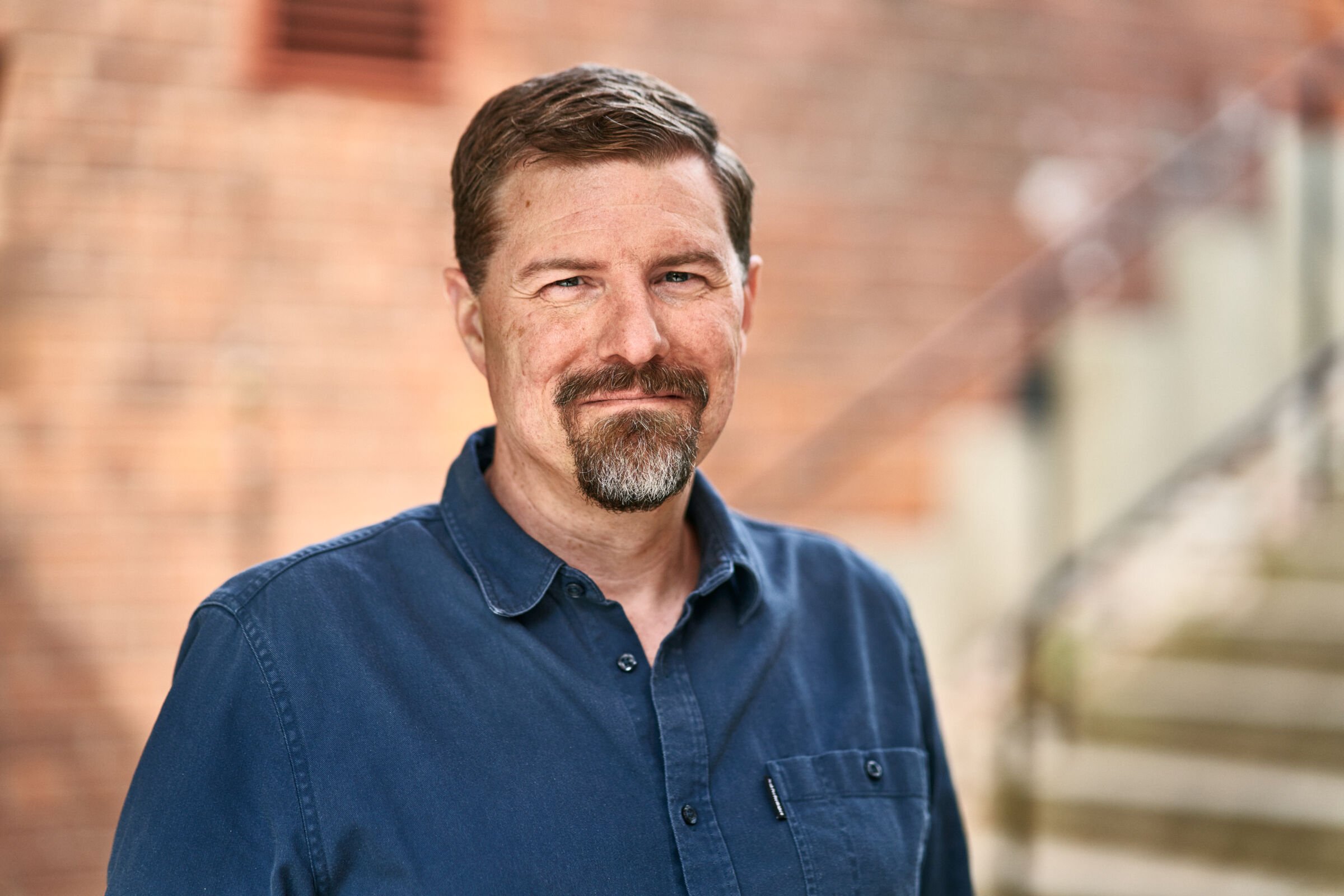Johan Lundström receives ERC Synergy Grant to develop digital scent transmission

The project D2Smell (Digitising Smell: From Natural Statistics of Olfactory Perceptual Space to Digital Transmission of Odors) has been awarded an ERC Synergy Grant of EUR 11.8 million, which is shared between three researchers: Johan Lundström, Karolinska Institutet, Noam Sobel, Weizmann Institute of Science, Israel, and Jonathan Williams, Max Planck Society, Germany. The interdisciplinary collaboration aims to digitally transfer scents to recreate them in another location.
Tell us about the research project.

"We want to develop the science needed to create TeleSmell, a device similar to TeleVision (TV). In other words, our main aim is to collect an odour, send the information over the internet, and recreate the odour in another part of the world. For this grant, we took inspiration from the 19th century inventor Alexander Graham Bell," says Johan Lundström, professor at the Department of Clinical Neuroscience at Karolinska Institutet.
"Both his wife and mother were born deaf and, although he is most known as the inventor of the telephone, he was profoundly interested in communication of all sorts. He understood that to communicate something you need to have a measure of it first. Speaking about the sense of smell, he stated: "We have very many different kinds of smells /.../ but until you can measure their likenesses and differences you can have no science of odour", i.e., you need to be able to measure odours' similarities."
"We have already developed such a measure, which, based on a similarity formula, can be used to create new odours based on interpolation from a few basic odours. This is very similar to how colour TV today mixes Red-Green-Blue to make basically any colour. However, to know how to use this formula, we need to figure out the size of the total odour space we encounter in our daily life, because this is the space we need to cover."
"The larger the space, the more basic odours we need. This is the first question we will answer: how many, and what odours are we normally experiencing? Once we have figured out the odour space we need to cover, we will have the basic building blocks to start developing smell-TV (or as we call it, TeleSmell)."
"The next step is to test our model, based on what we learned, to sample odours in one location and send the odour code via the internet to another location where we can recreate the odour instantaneously. If this works, we will have all the basic building blocks to create TeleSmell."
Describe the application process.
"The basic idea of the grant was formulated by the consortium leader, Professor Noam Sobel at the Weizmann Institutet of Science, who put together the team of very complementary skills consisting of myself, an expert in odour perception and how the brain process odours, Jonathan Williams, an expert in odour chemistry and sampling at Max Plank Society, Germany, and Danica Kragic Jensfelt, an expert in AI and machine-learning at KTH (Royal Institute of Technology), Sweden."
"The ERC application and review process is impressively thorough and was quite interesting and fun to go through."
What does the grant mean to you?
"This grant will allow us to explore a research question/area that neither one of us can manage on our own and that none of us has any prior funding for. The project is also rather costly, meaning that there are no other funding mechanisms allowing this amount of money for a basic science question."
"Importantly, and in addition to the main aim of the proposal, we will collect vast amounts of data on how the human brain processes odours; from the receptors to the brain of a lot of individuals."
"Paired with information on the chemical composition of the odours, and what the participant is experiencing and seeing when they are smelling the odour, this data will enable the field of human olfaction to make a leap forward in our understanding of how the human sense of smell works."
What do you expect to have achieved after the project’s six years?
"If everything goes according to plan, we will have the basic building blocks to enable TeleSmell devices. We will also have created the most comprehensive and open database to date on the human olfactory system, increasing and improving our understanding of the human sense of smell, in both health and disease."
The ERC Synergy Grant
The ERC Synergy grant is a grant scheme that supports small teams of scientists intending to address major research problems. This year, thirty-seven research groups will receive €359 million in total to address some of the world’s most formidable research problems spanning a range of scientific disciplines.
The ERC Synergy grant helps groups of researchers to pool different skills, knowledge and resources to achieve progress through the cross-fertilisation of scientific disciplines, new productive points of inquiry or new methods and techniques. The ERC Synergy Grant scheme is part of the EU's research and innovation programme, Horizon Europe.
